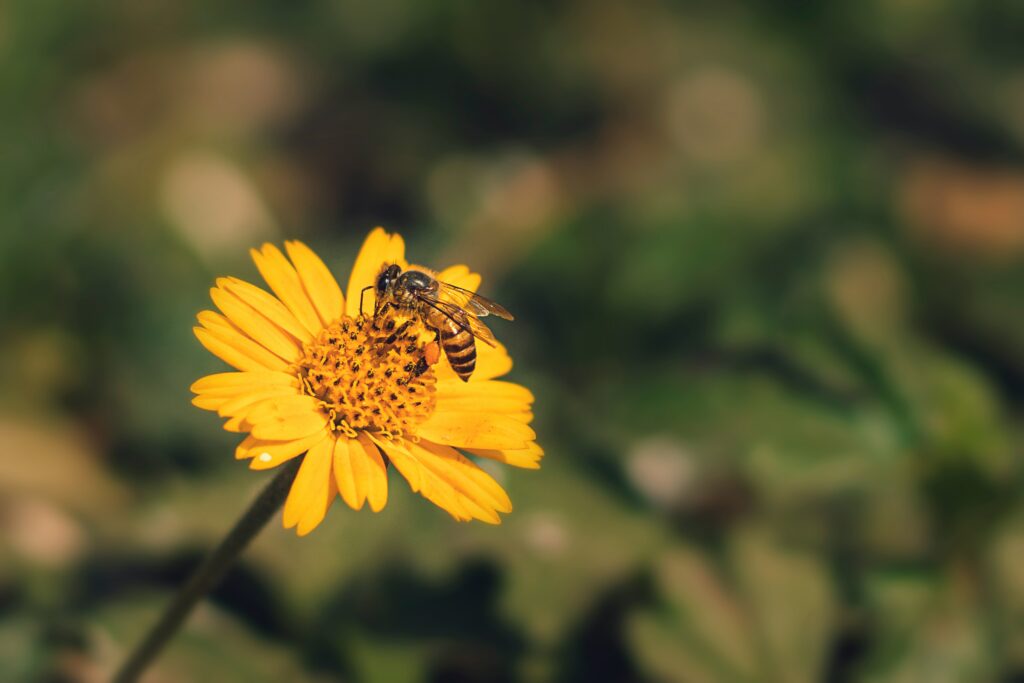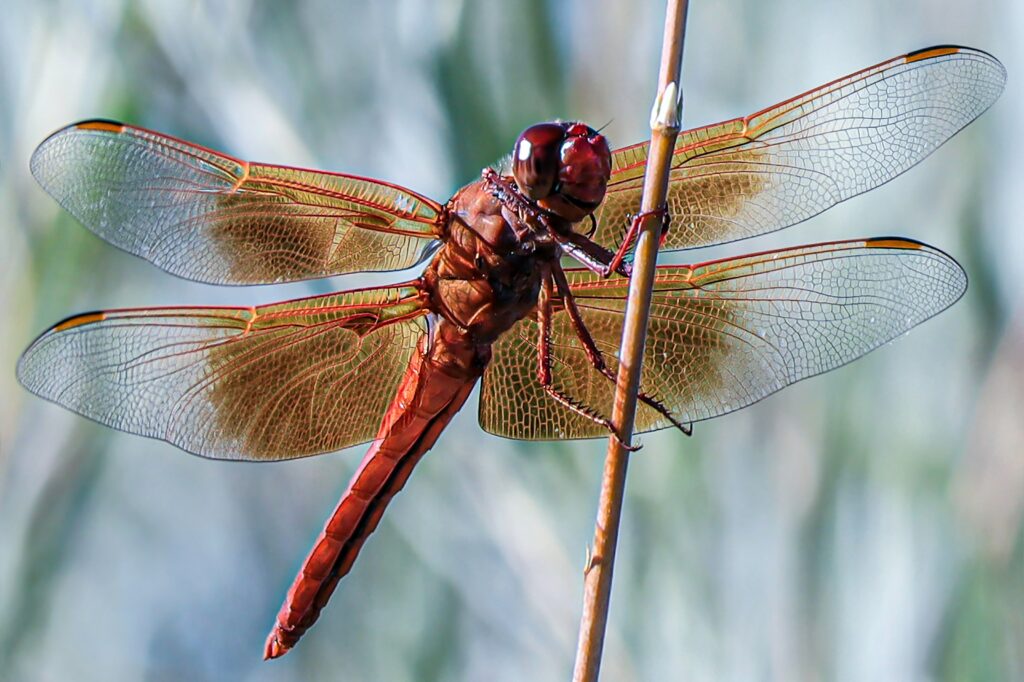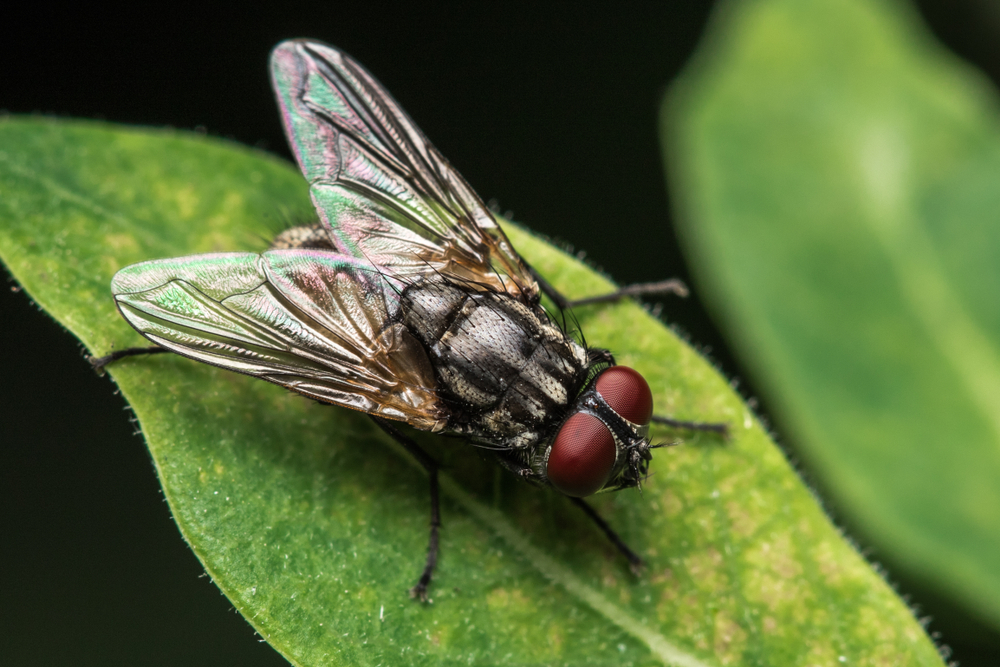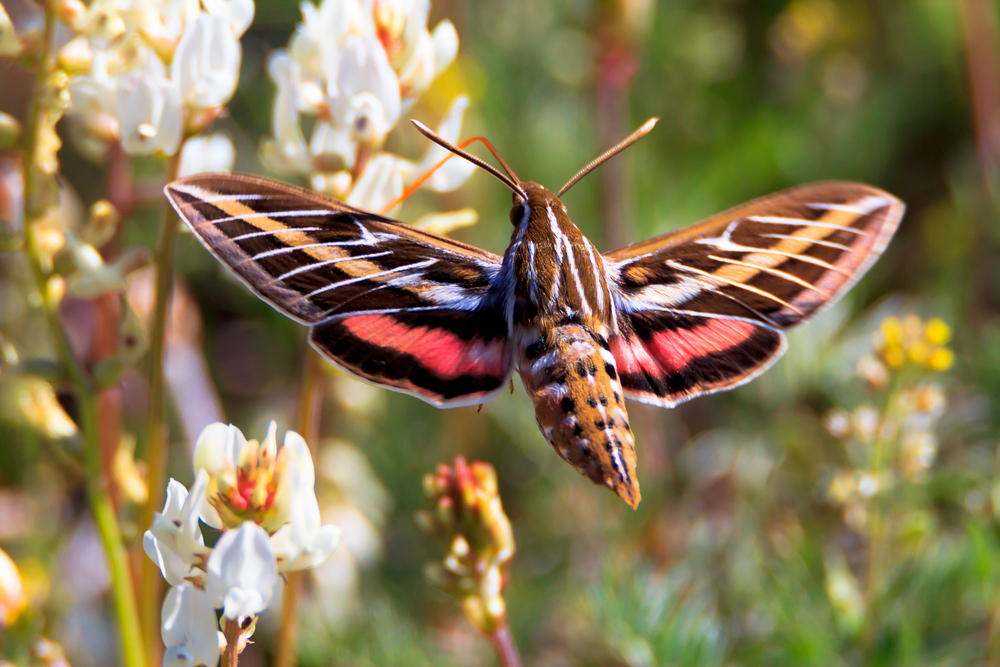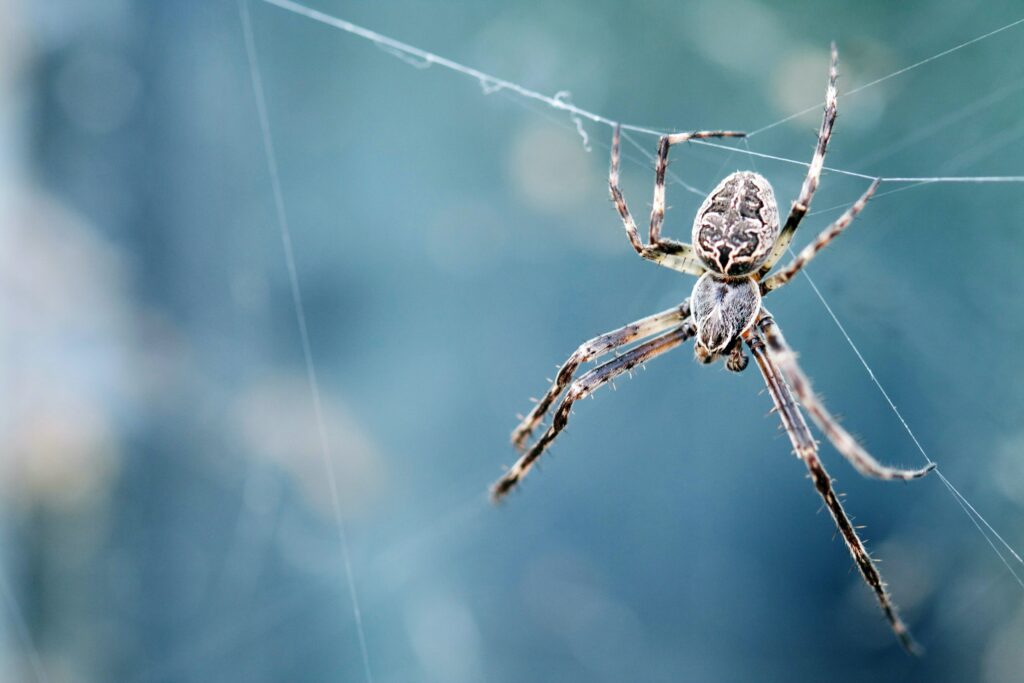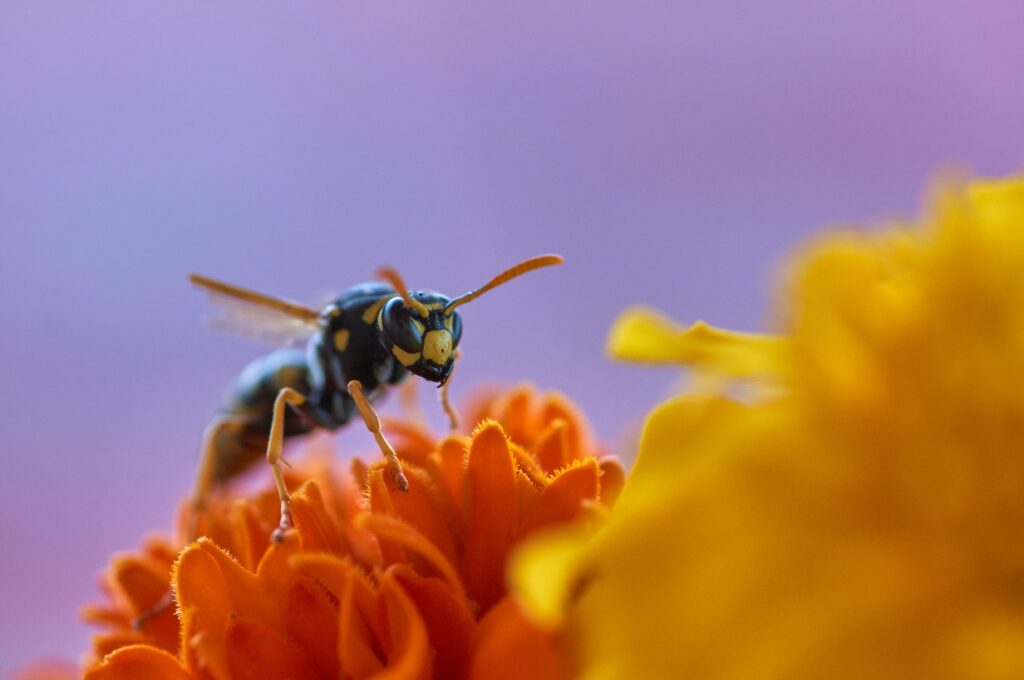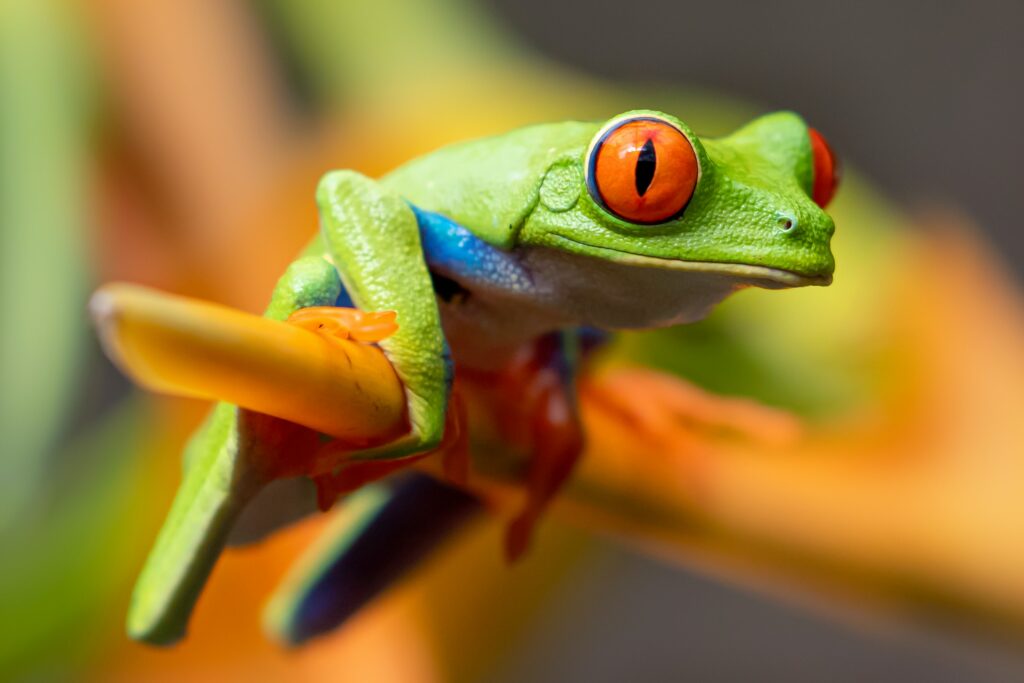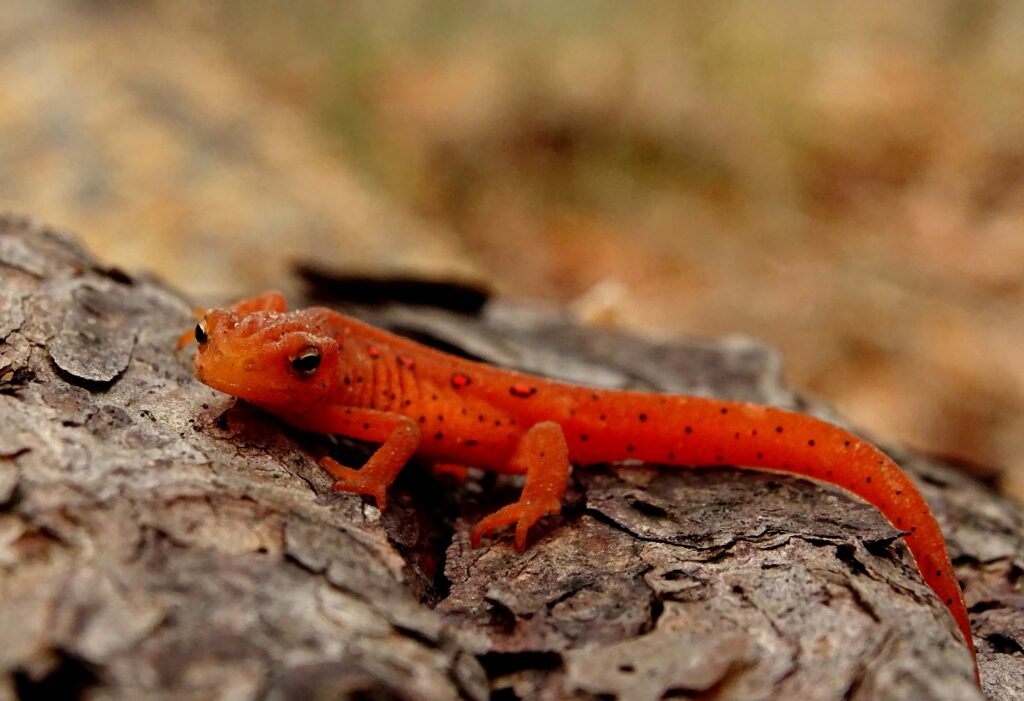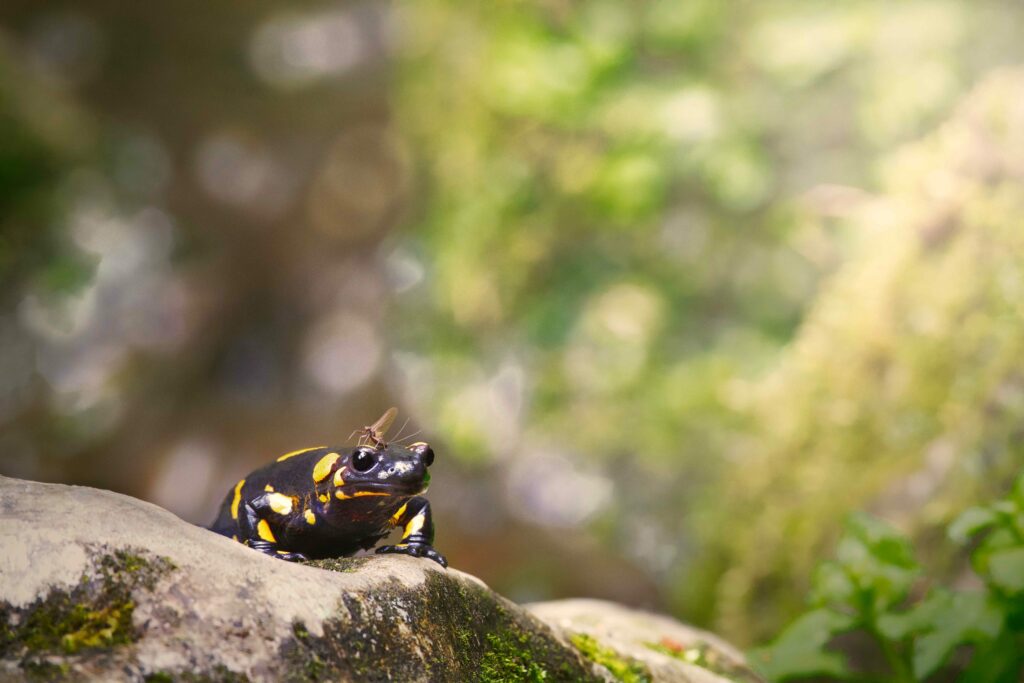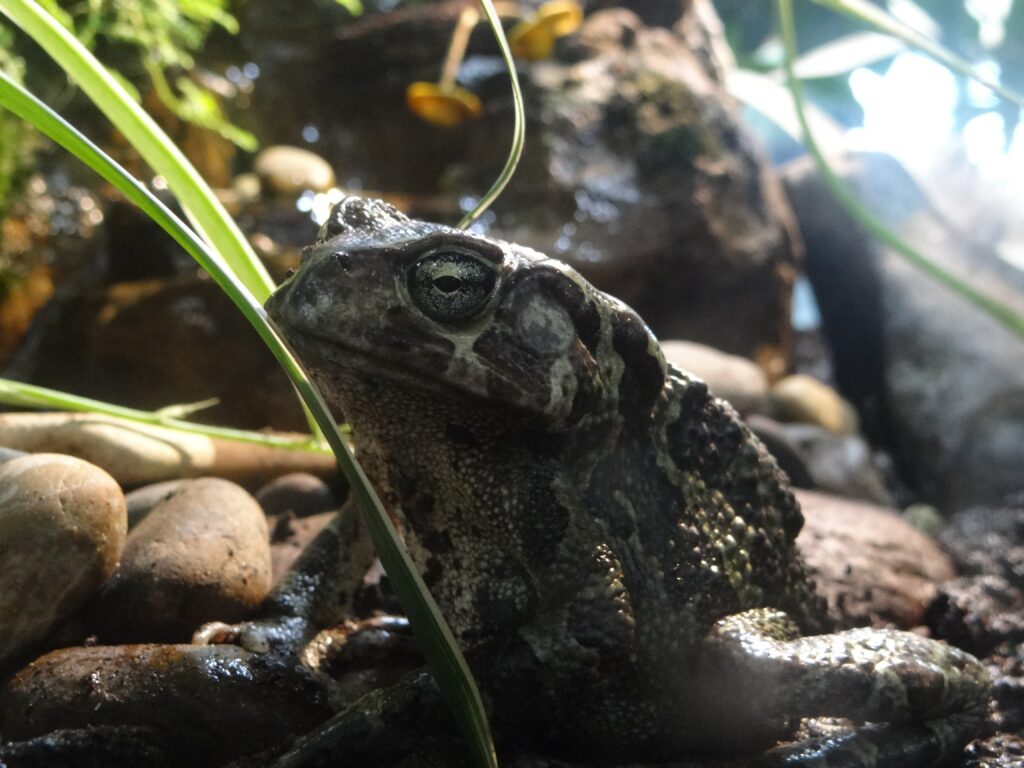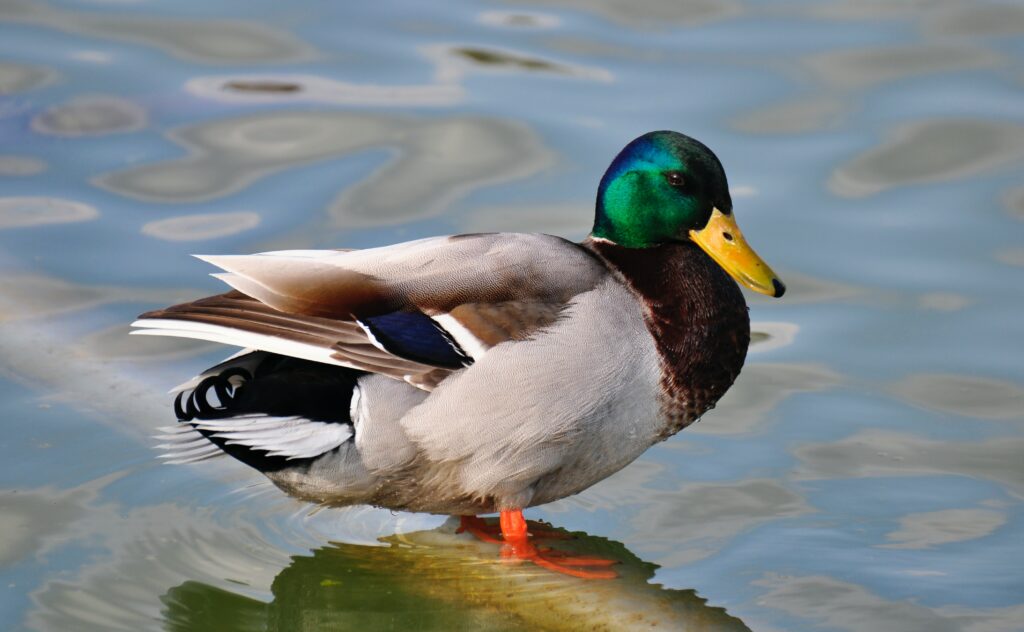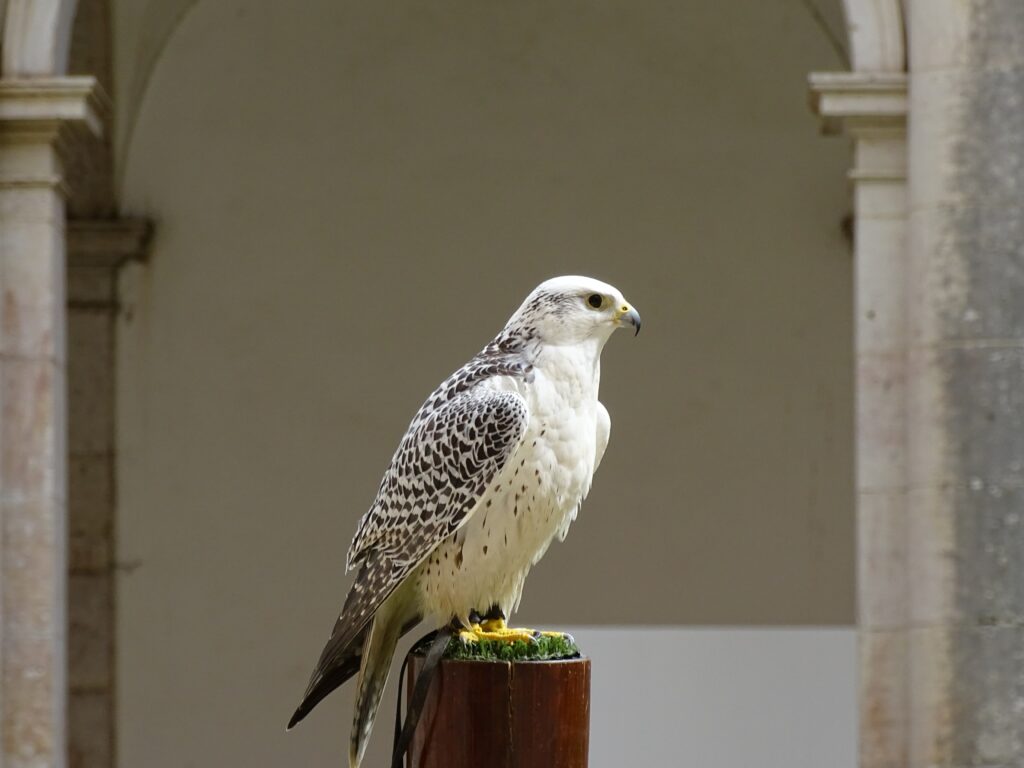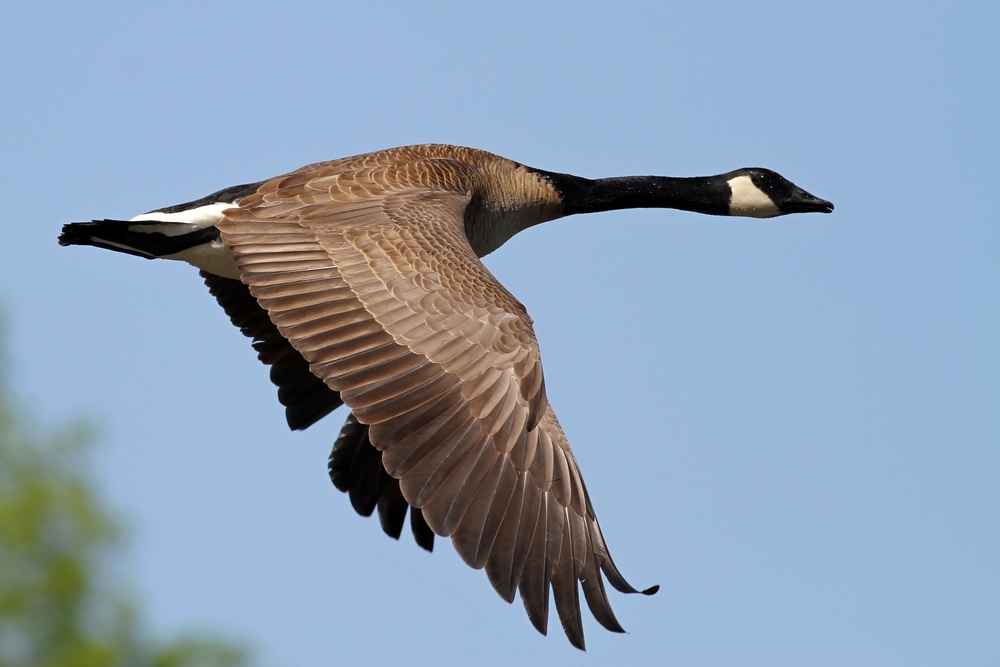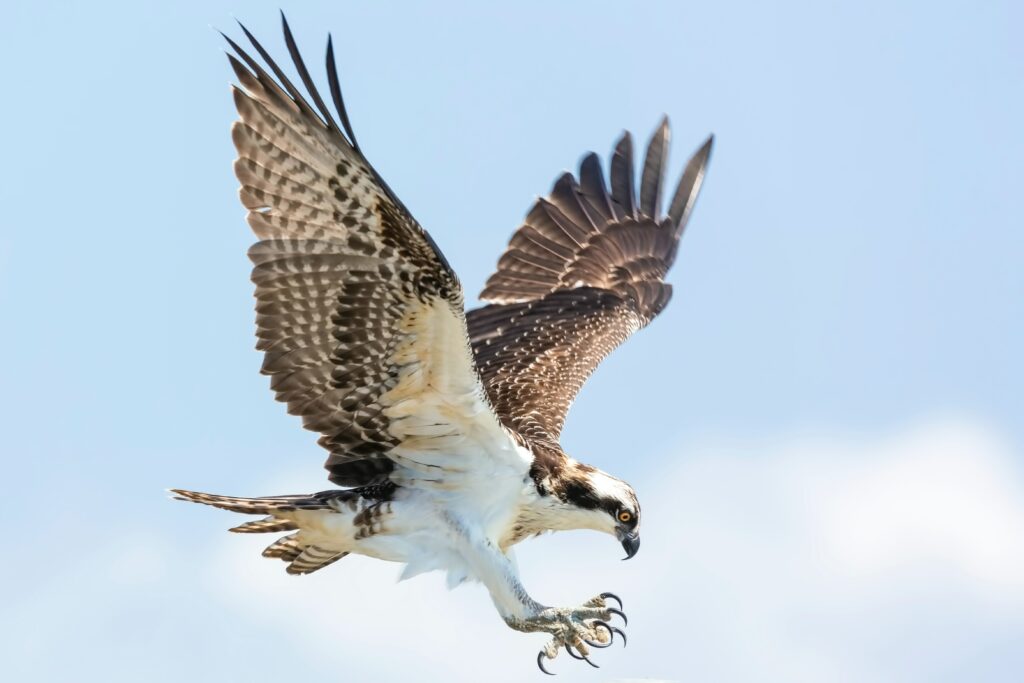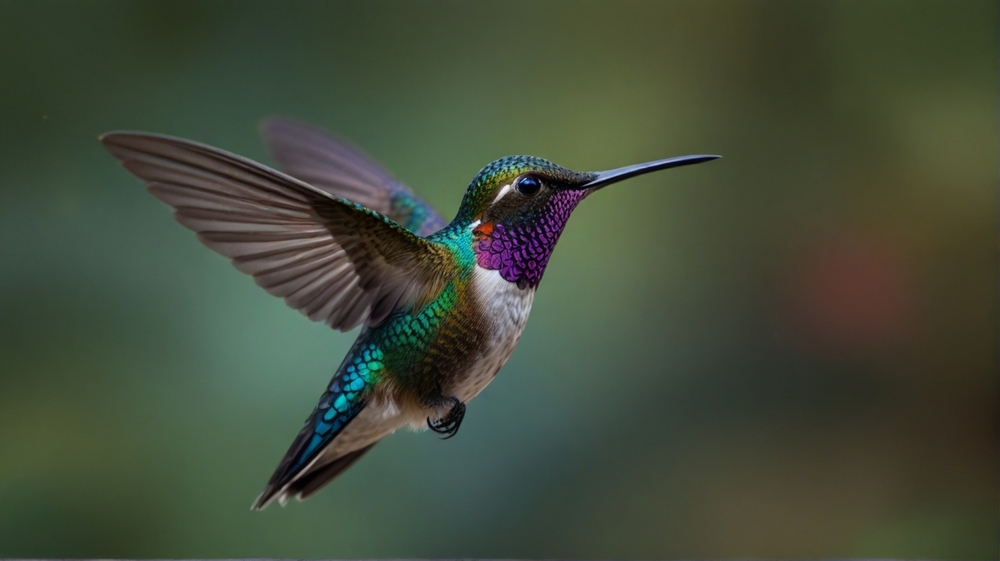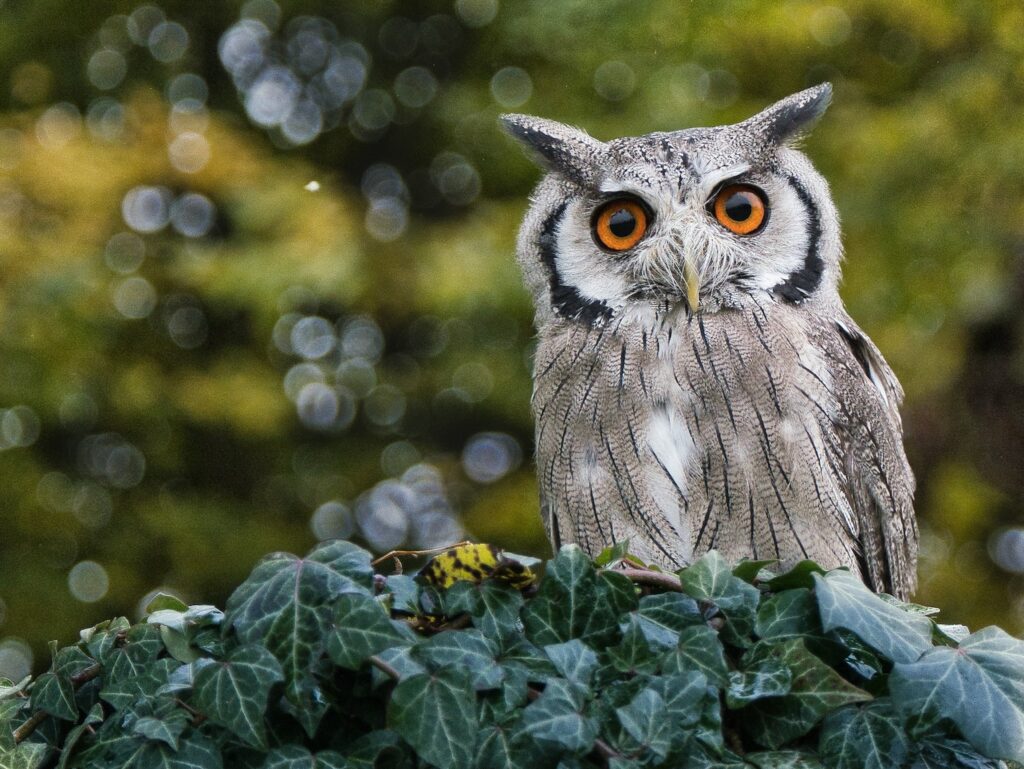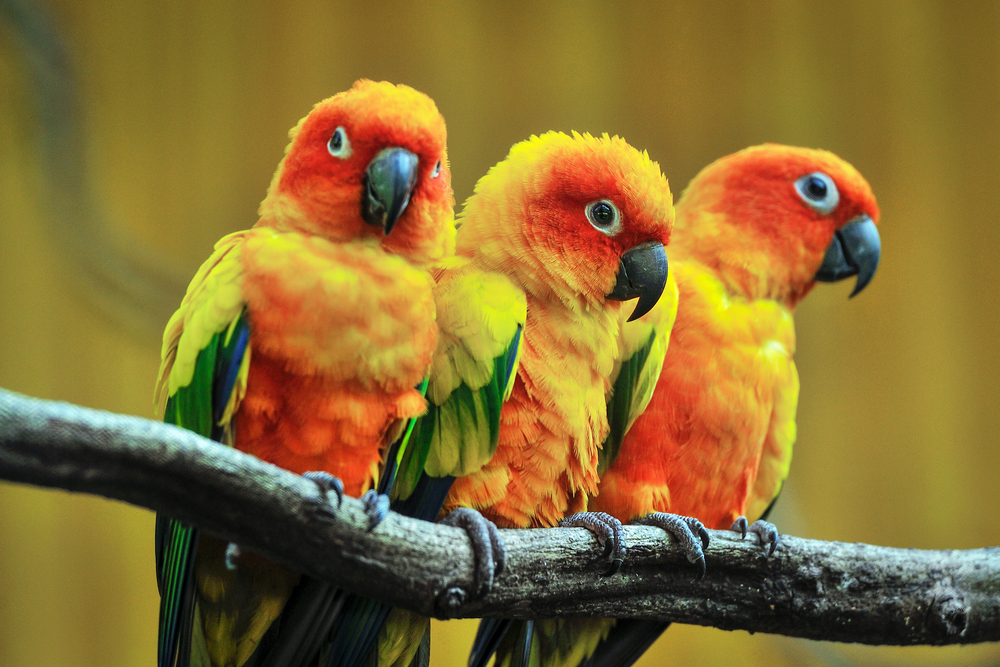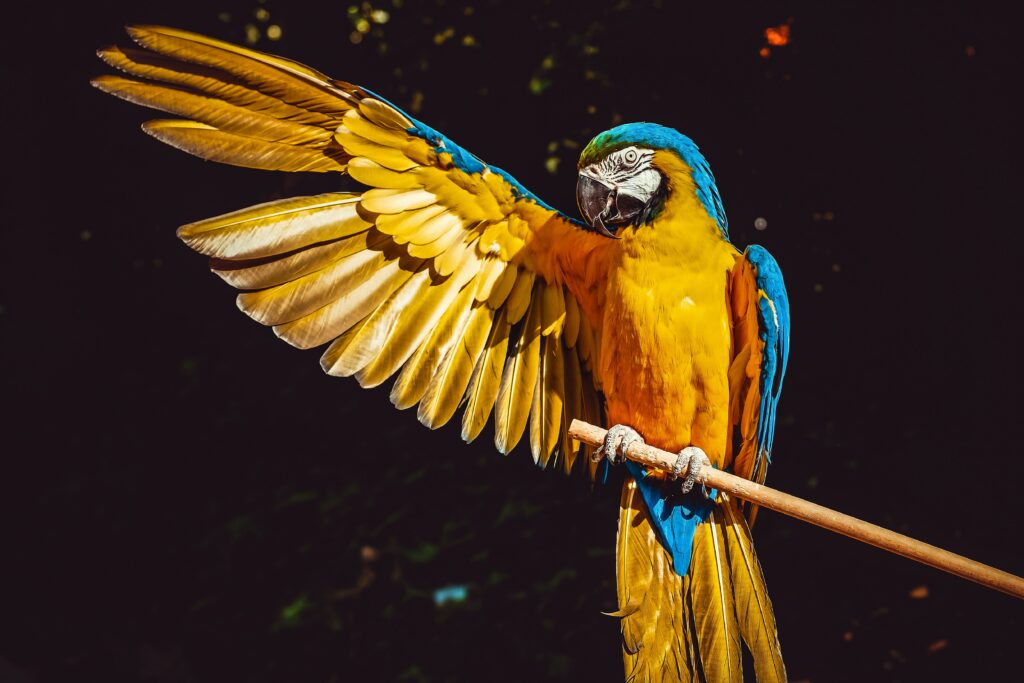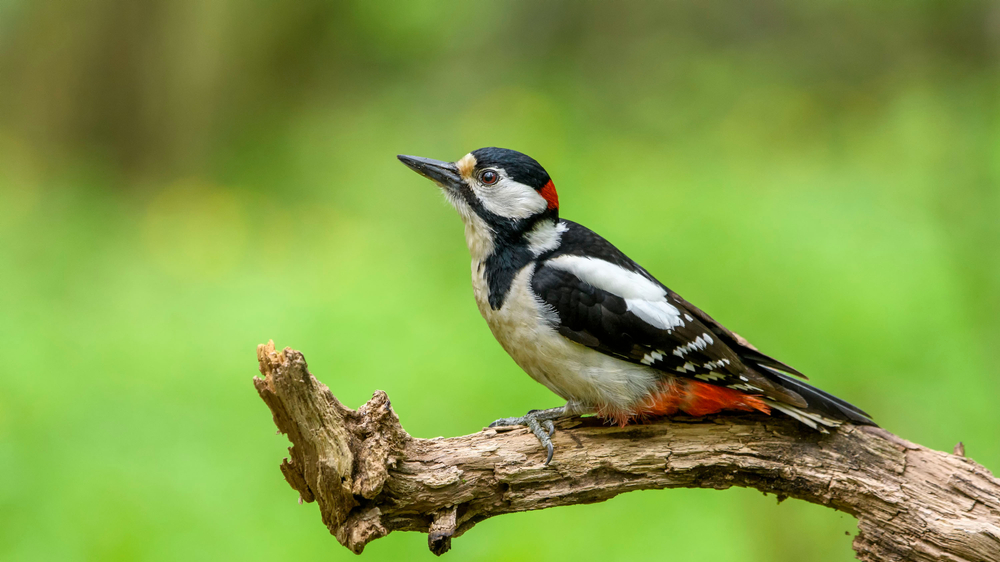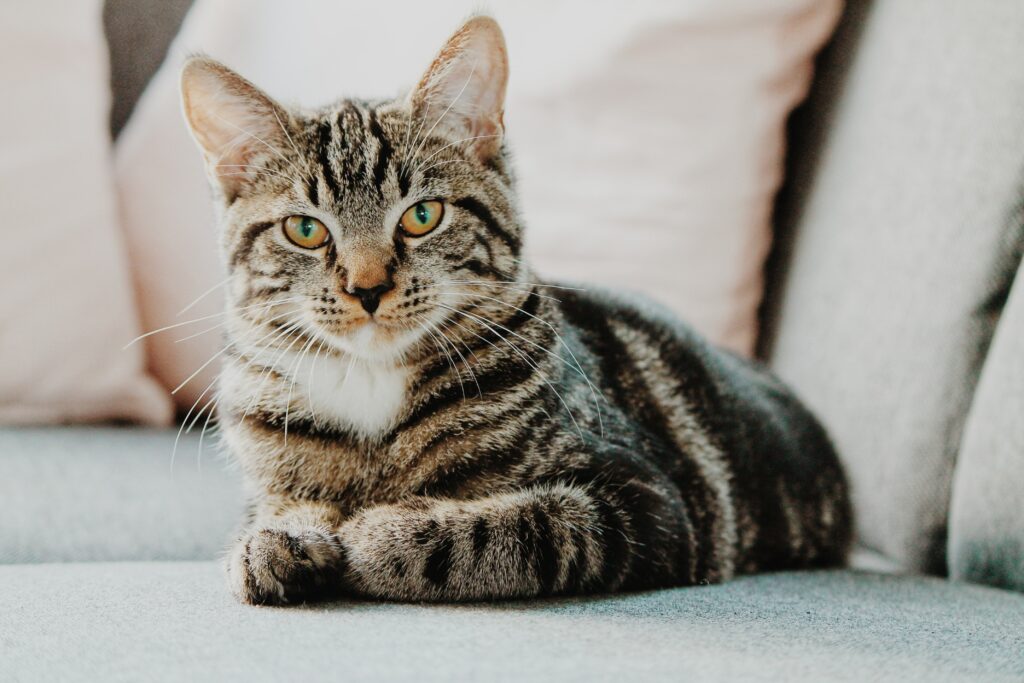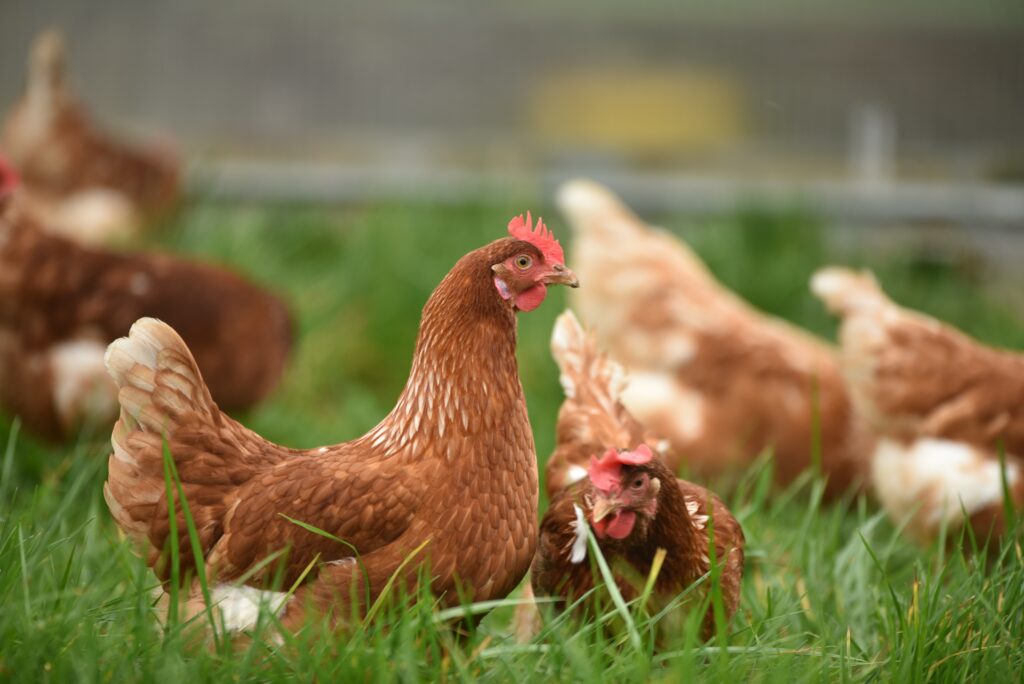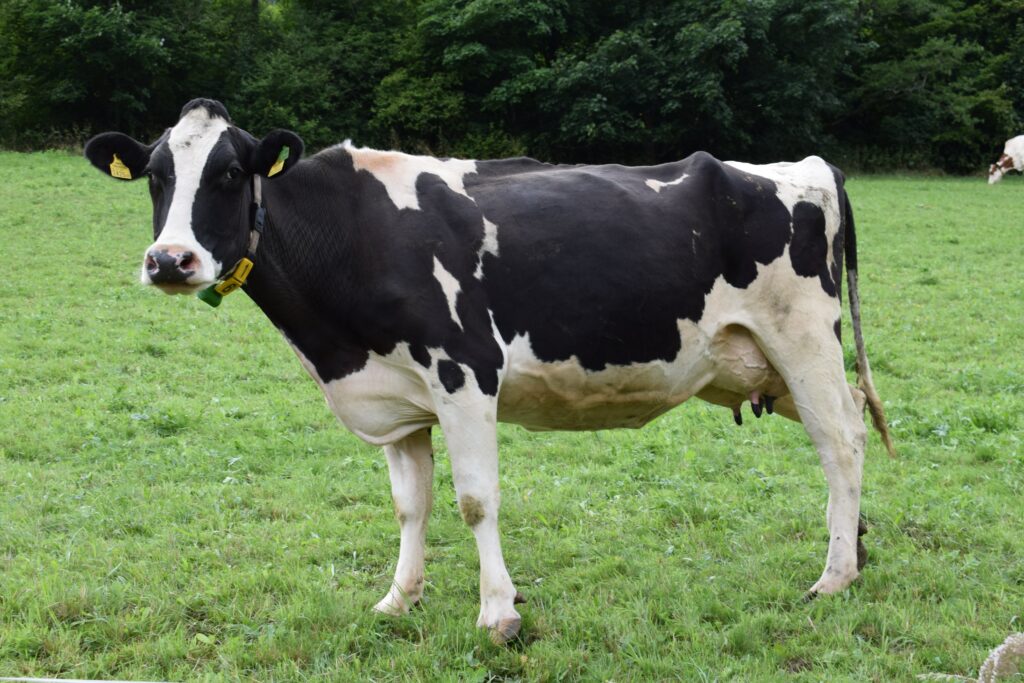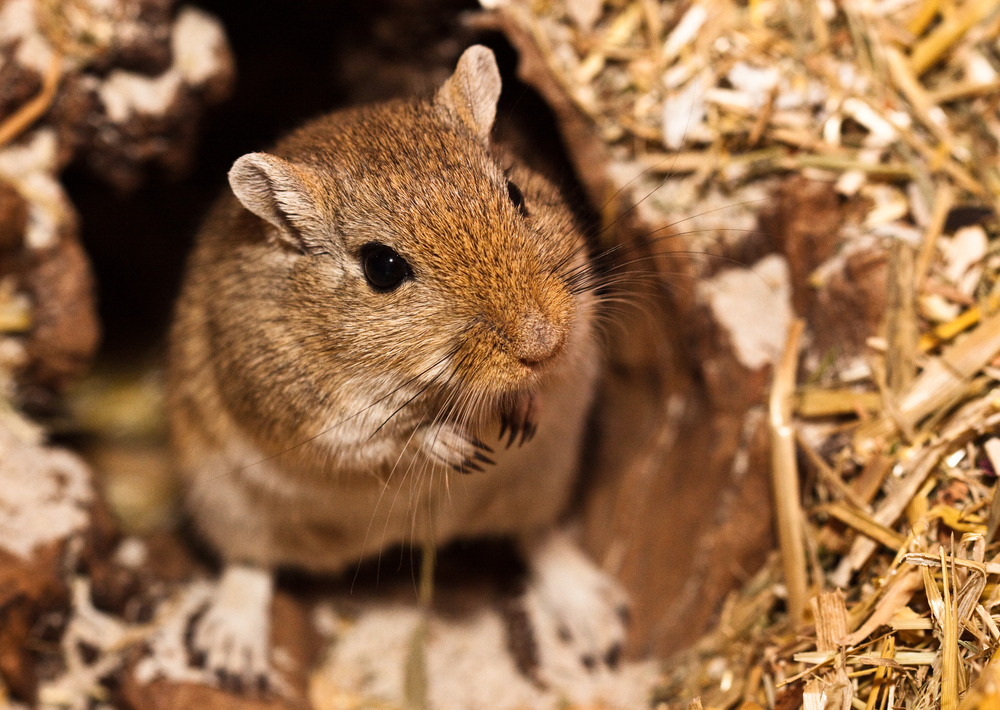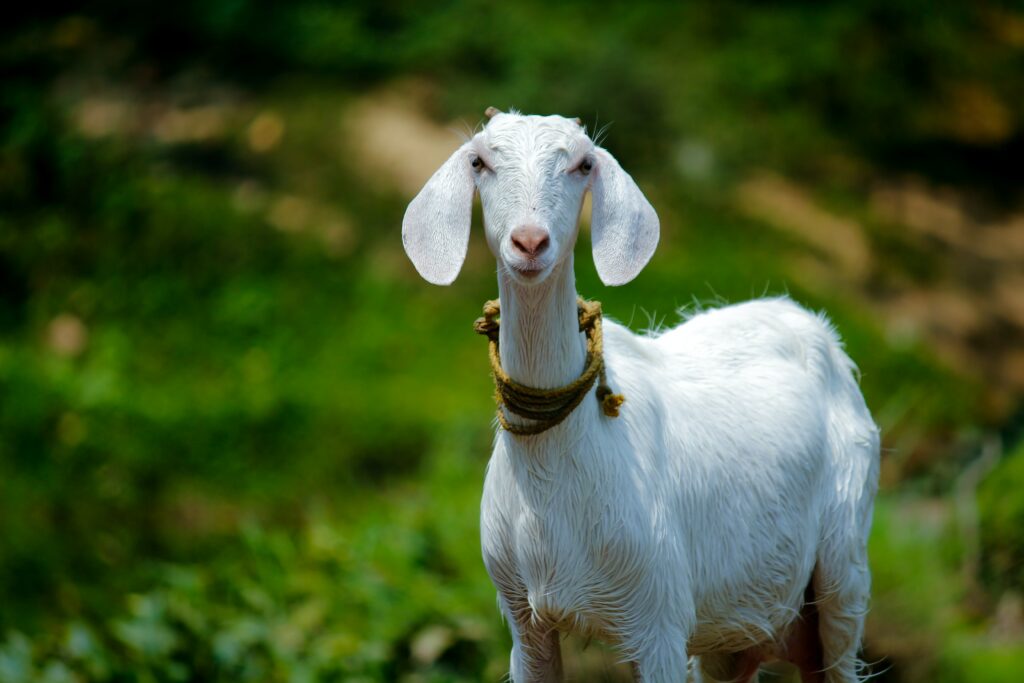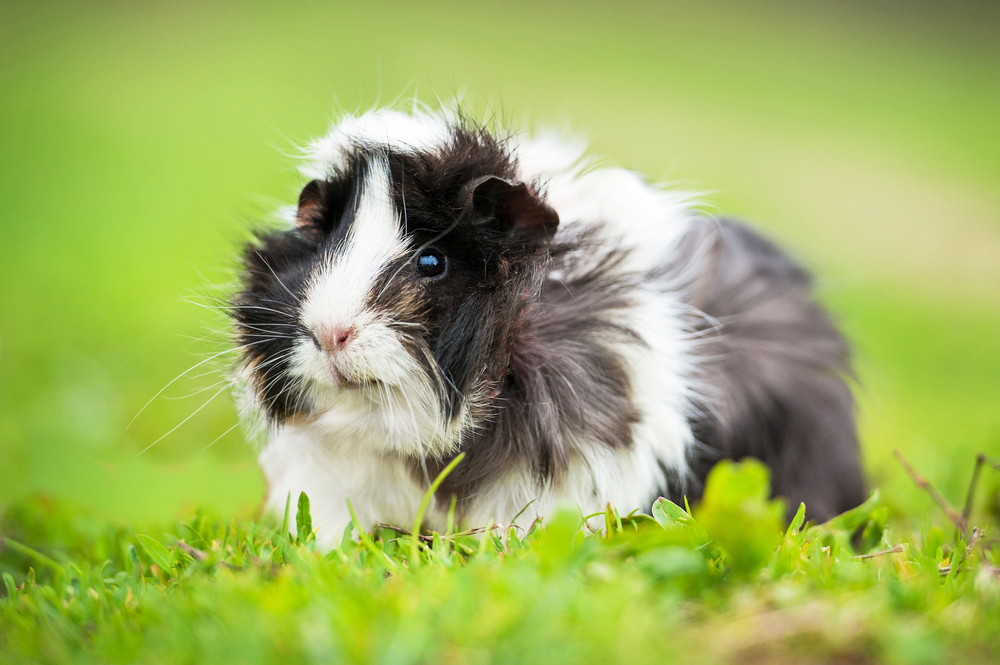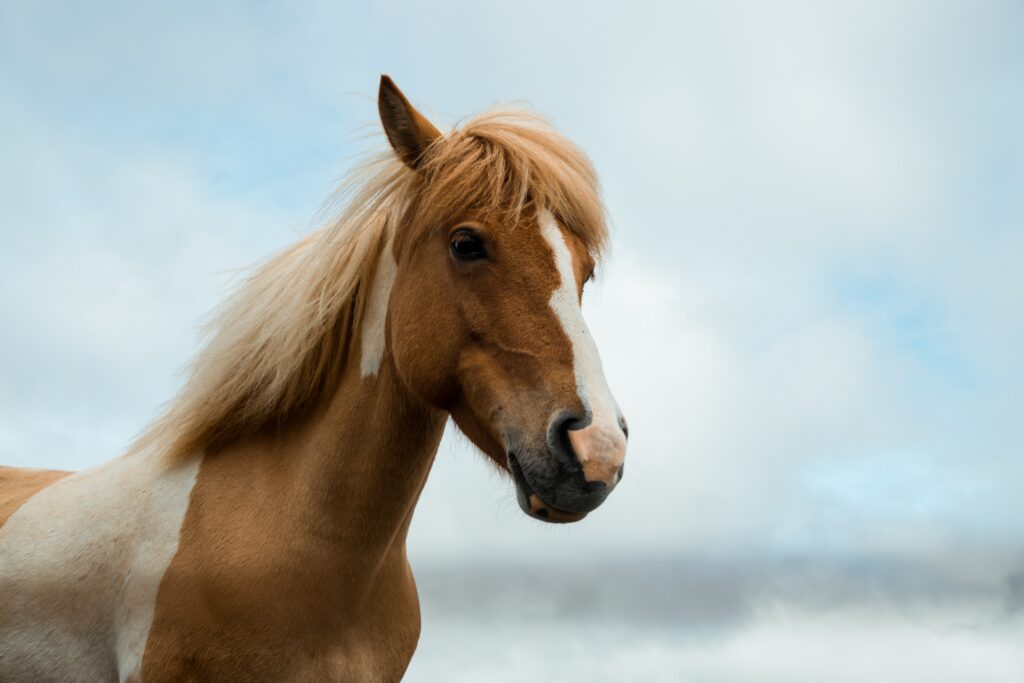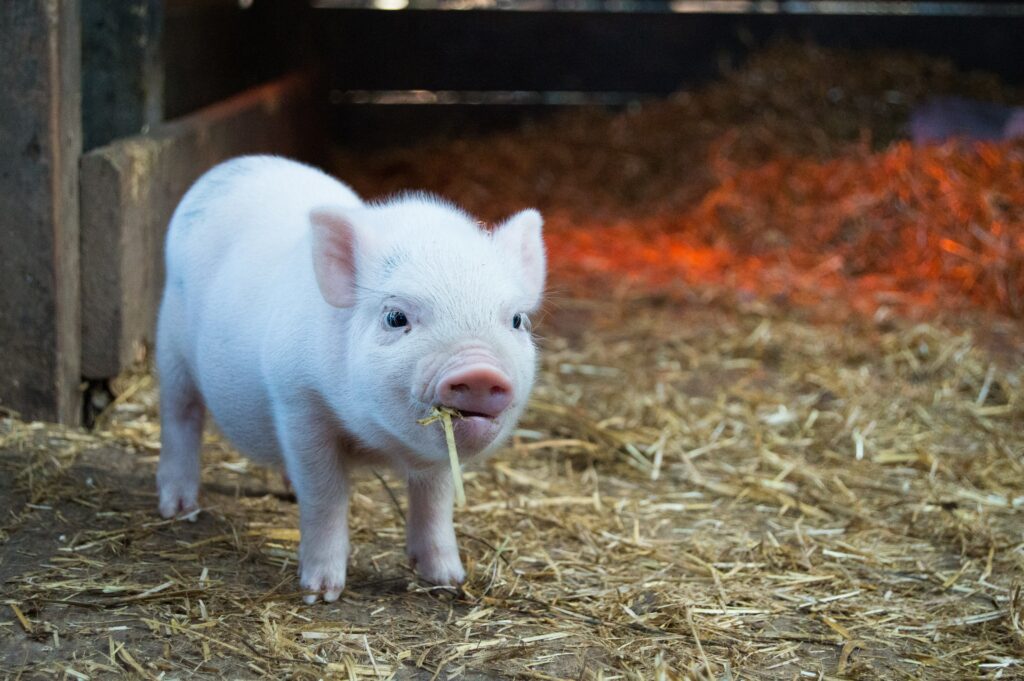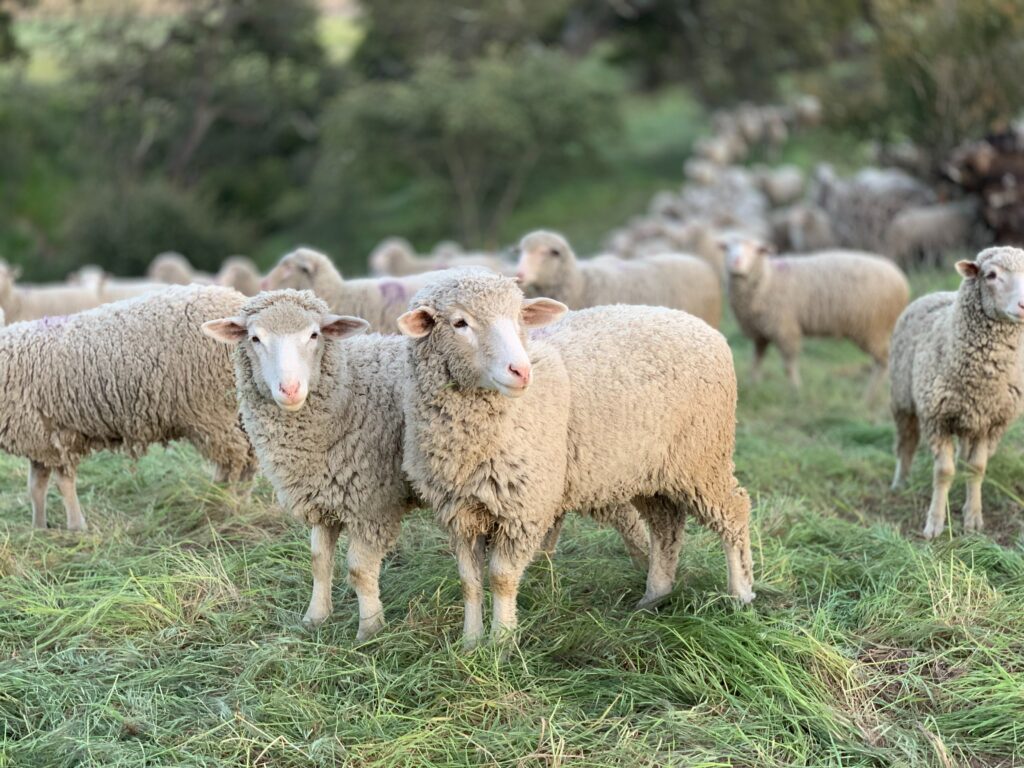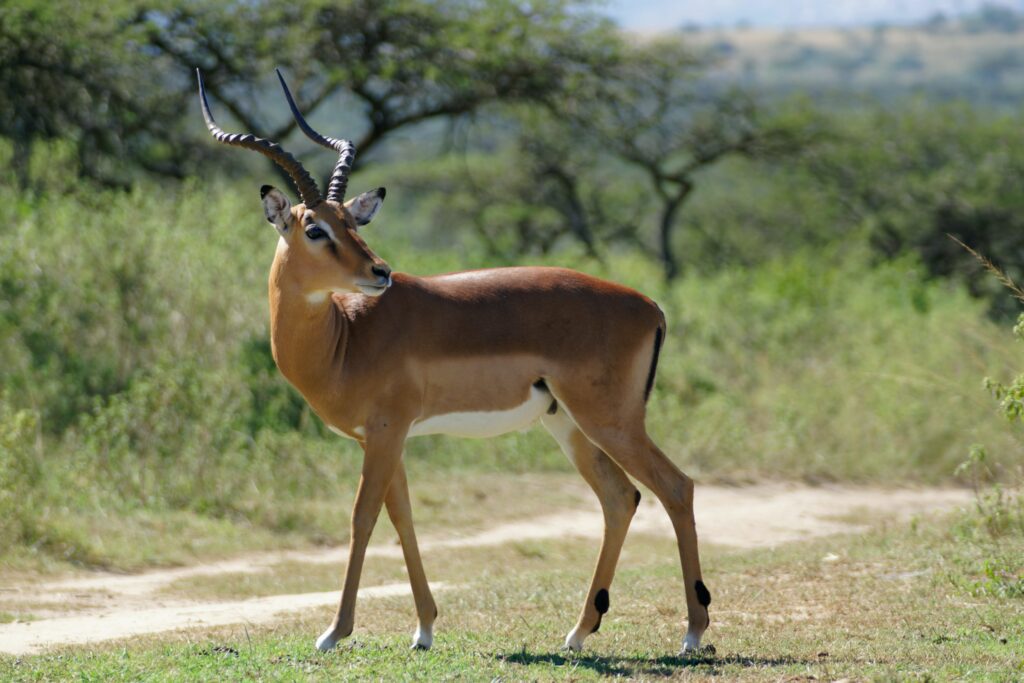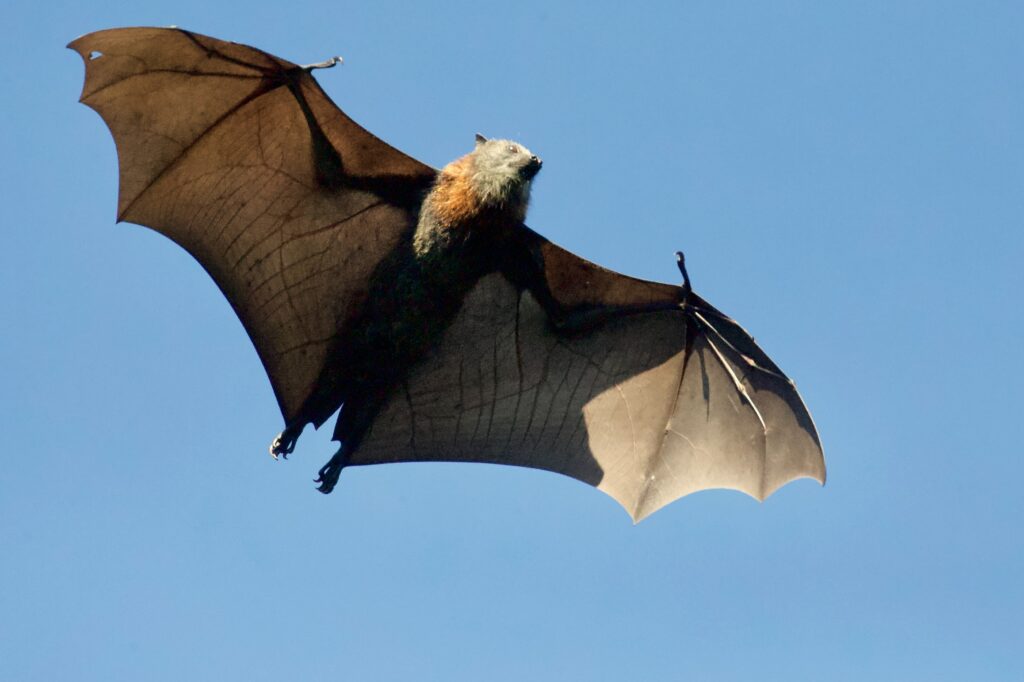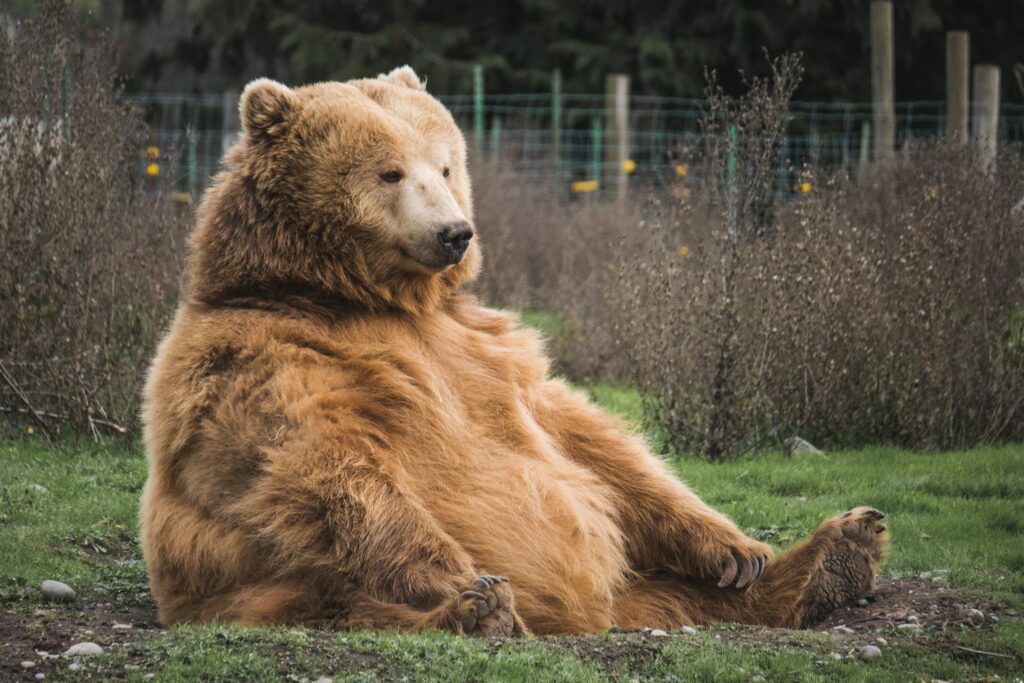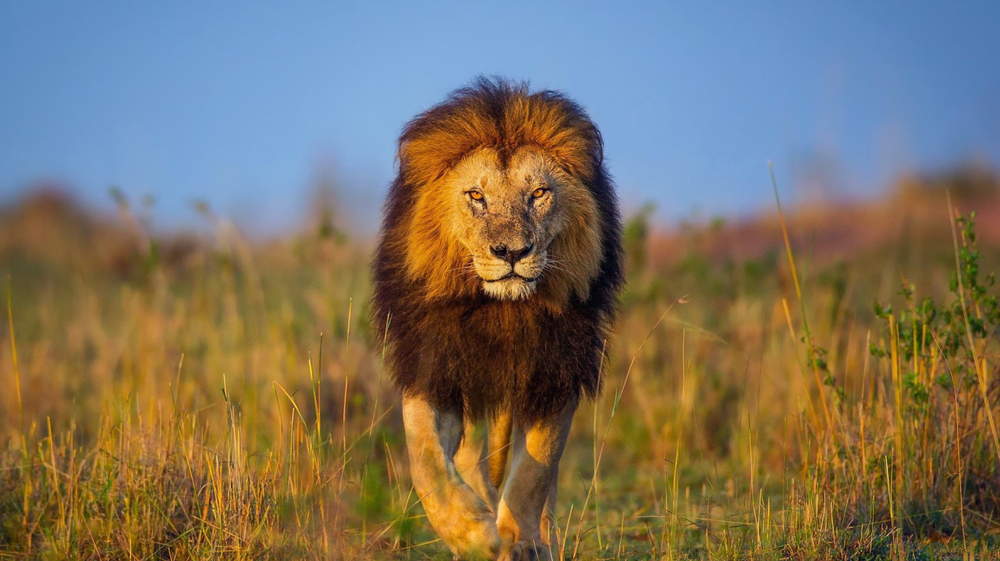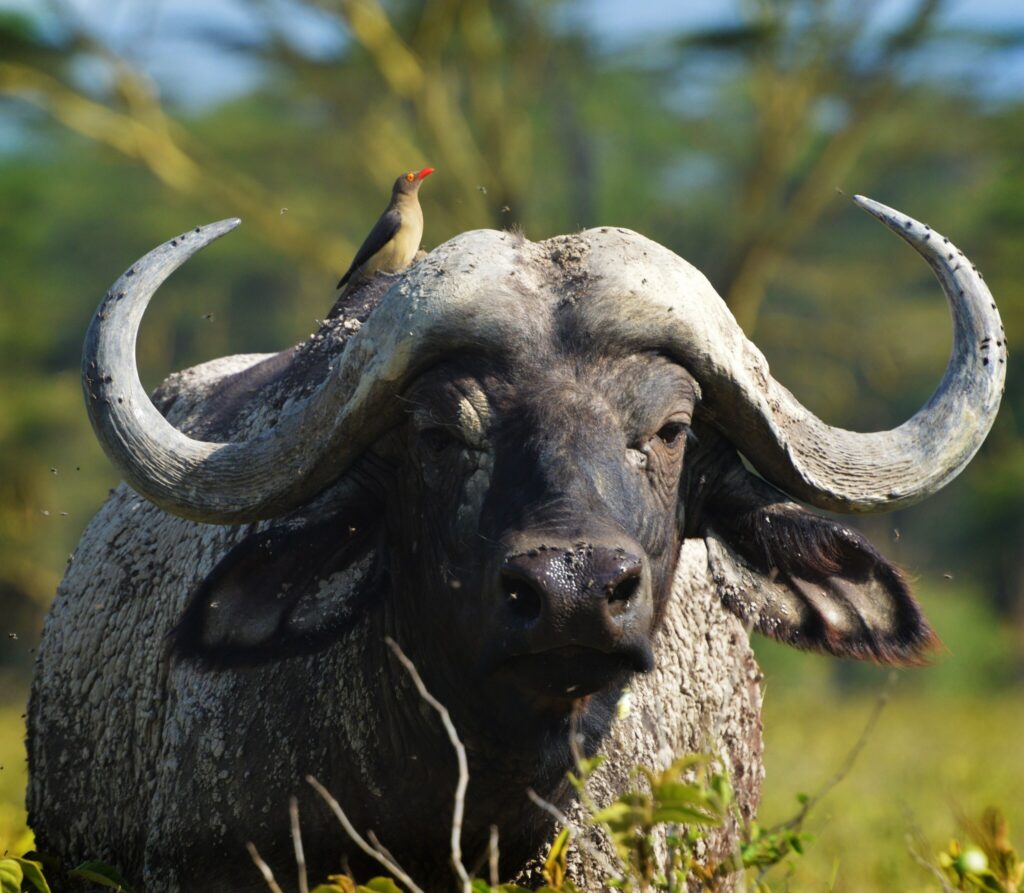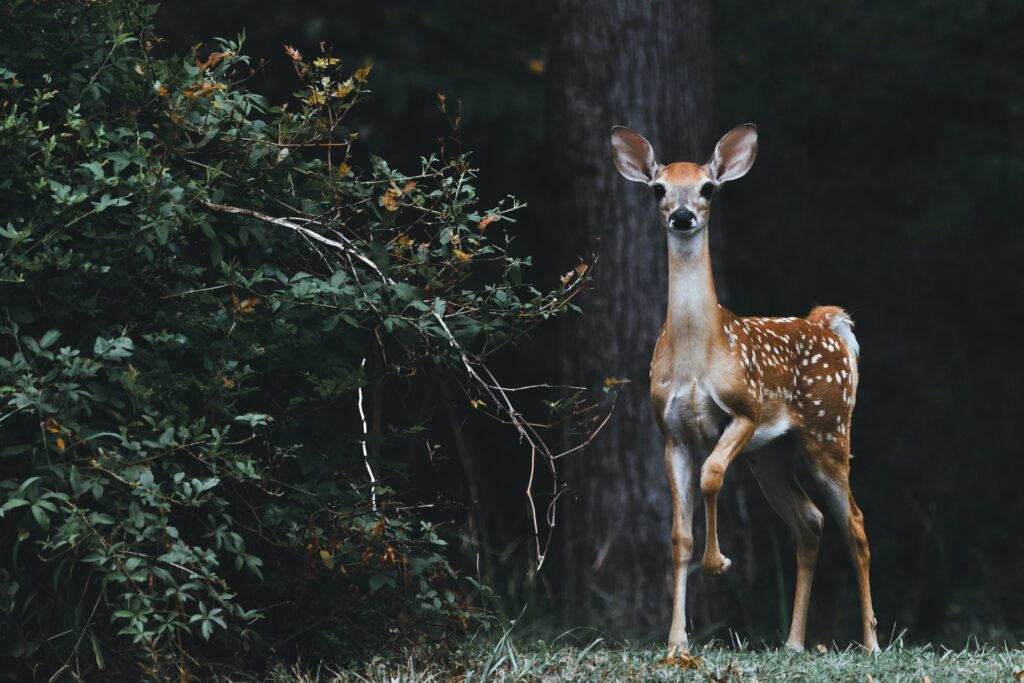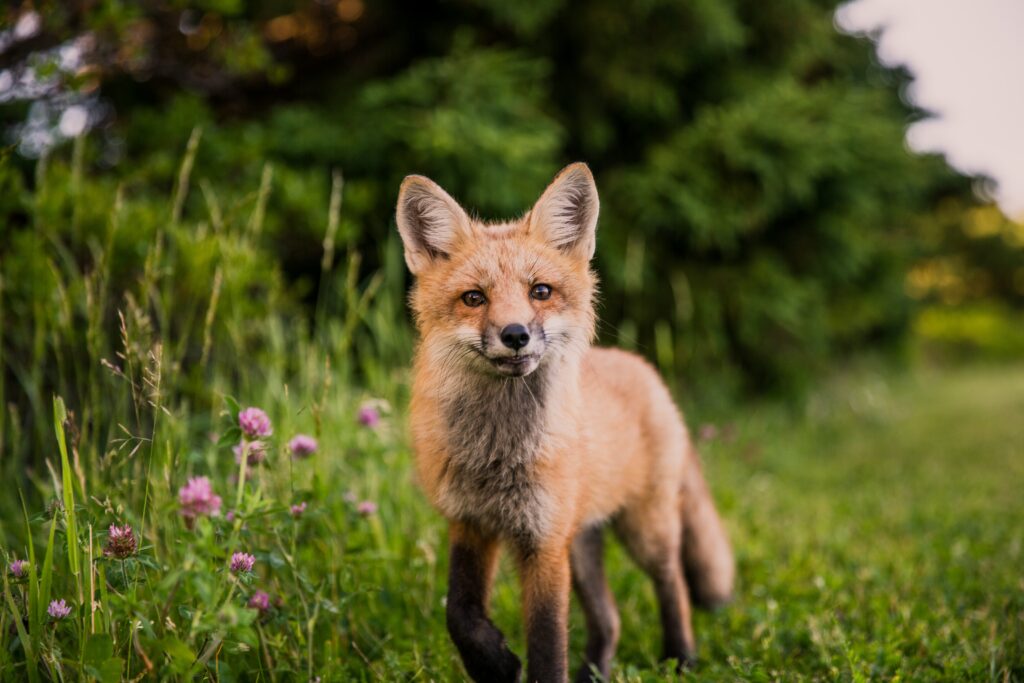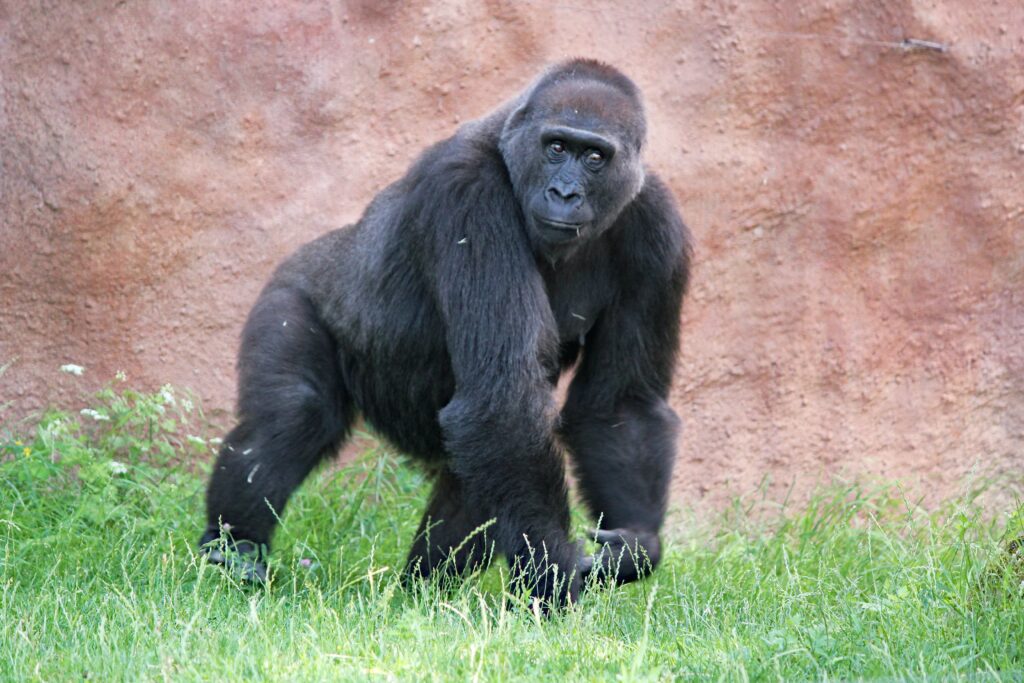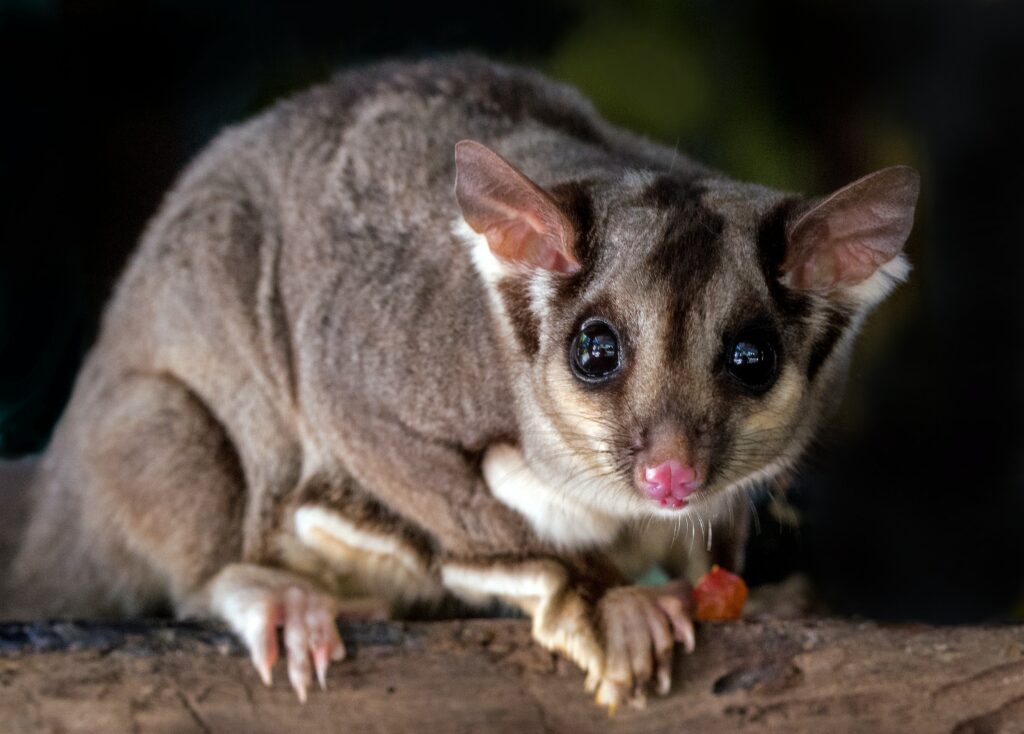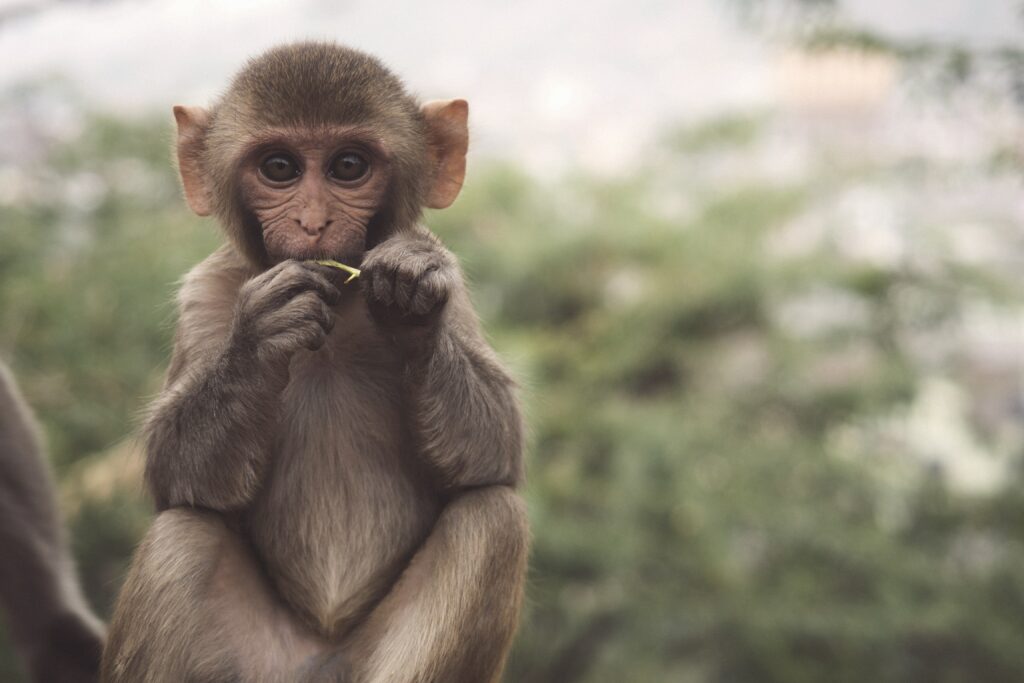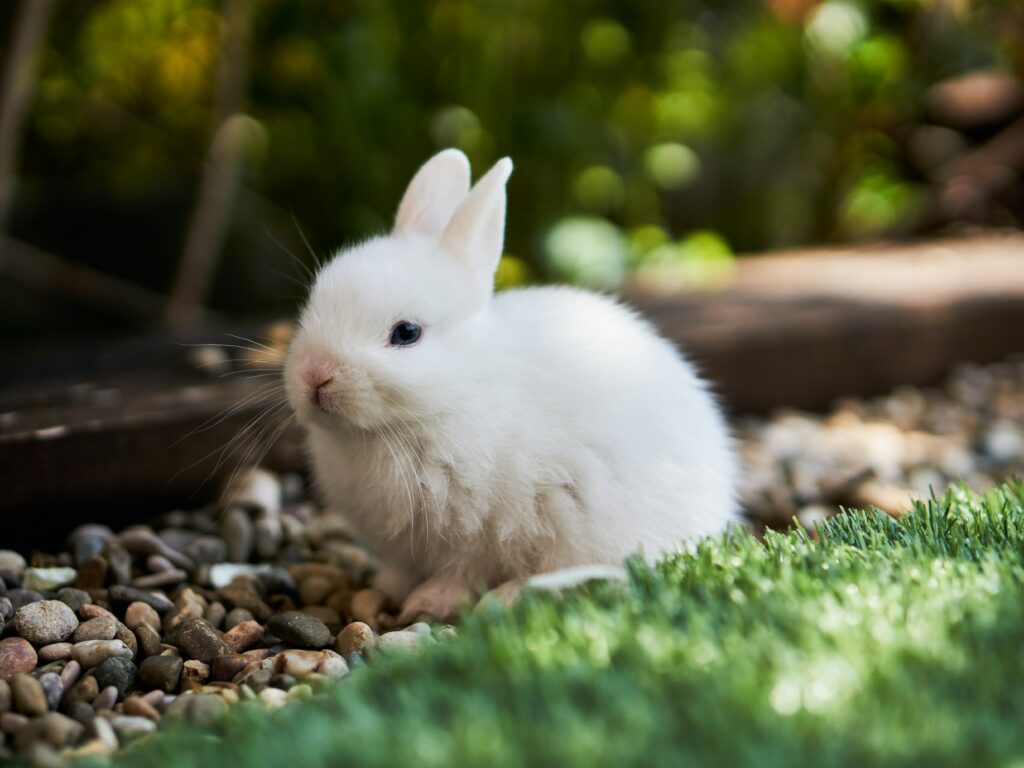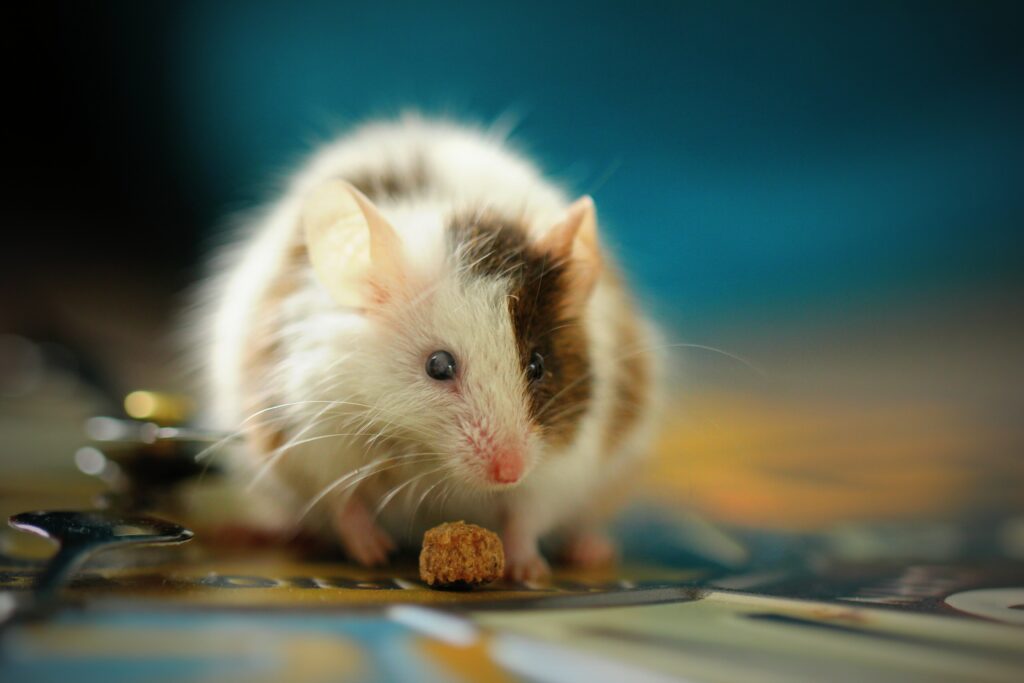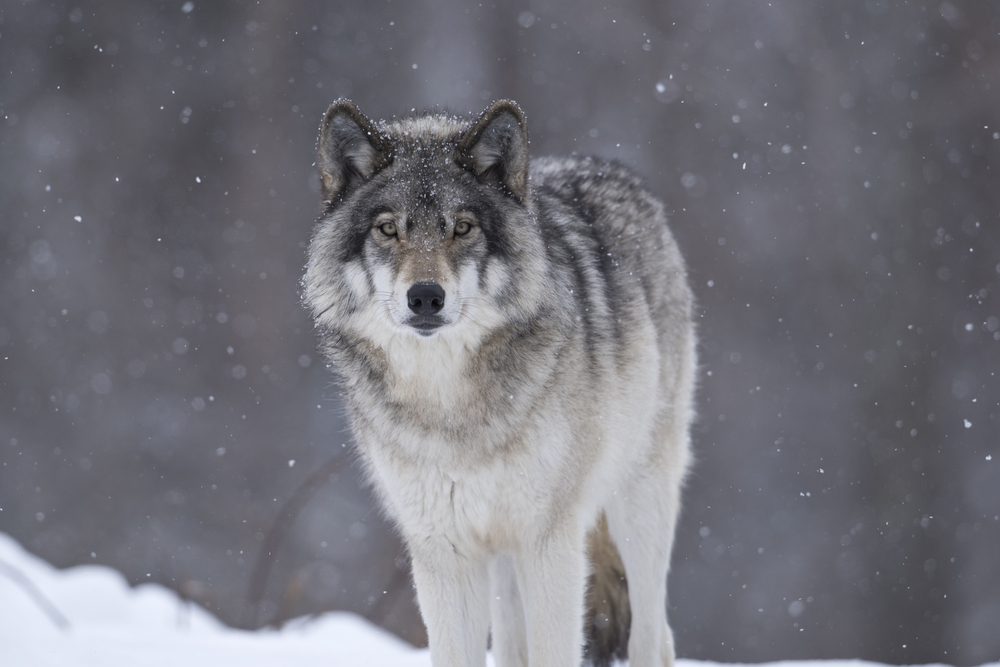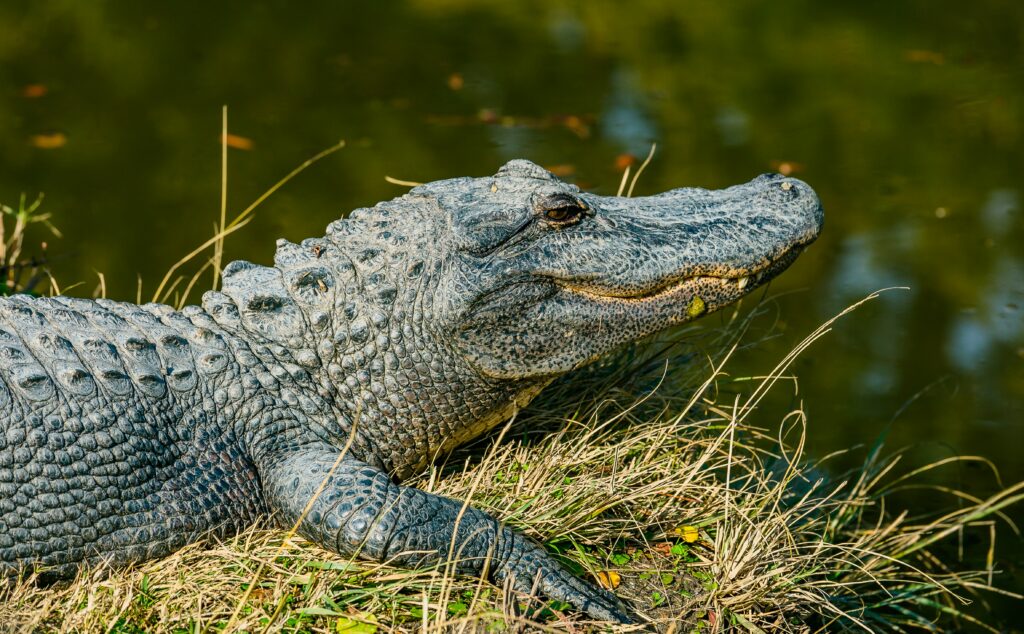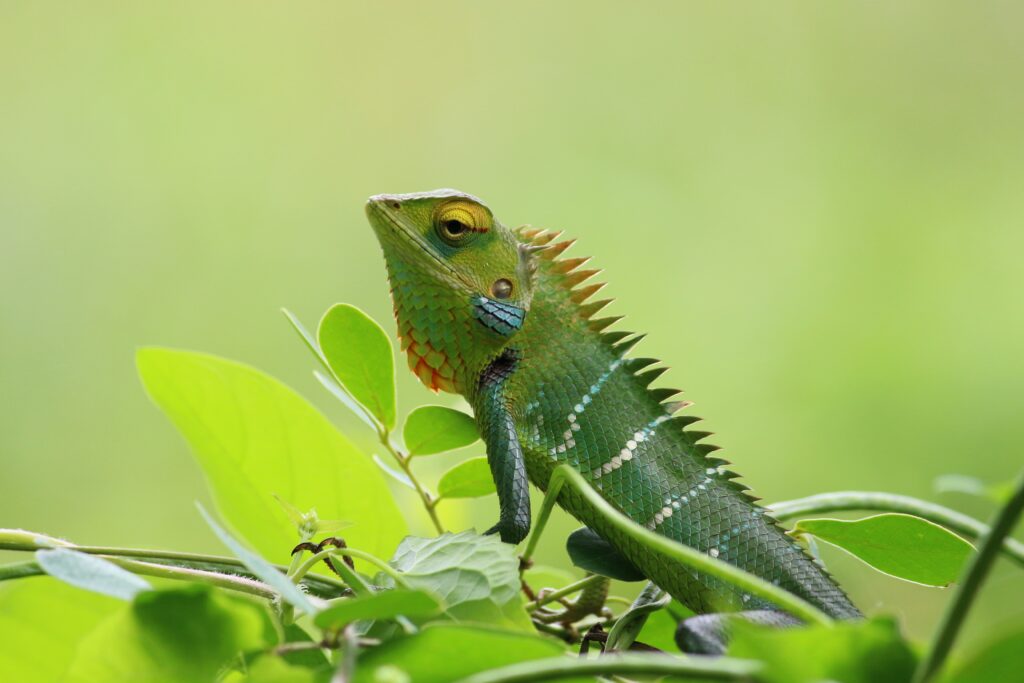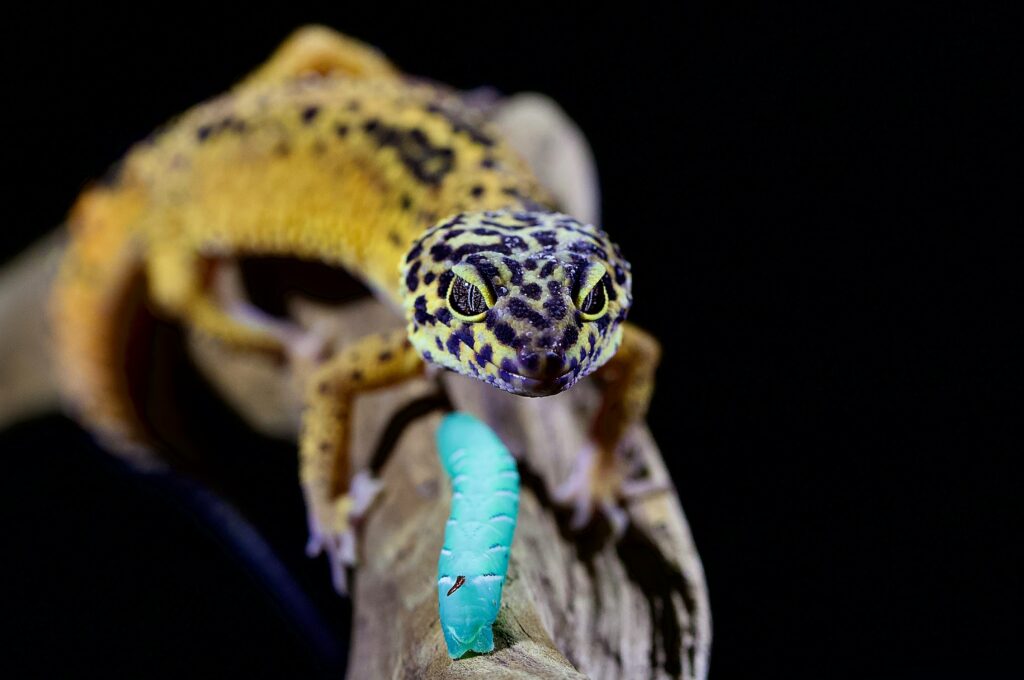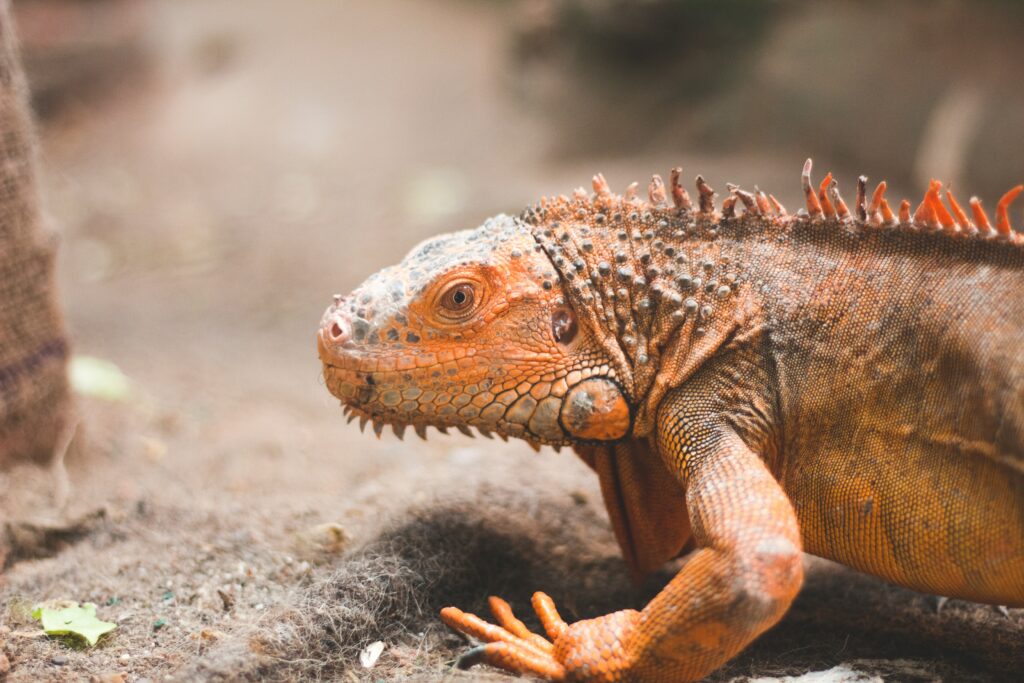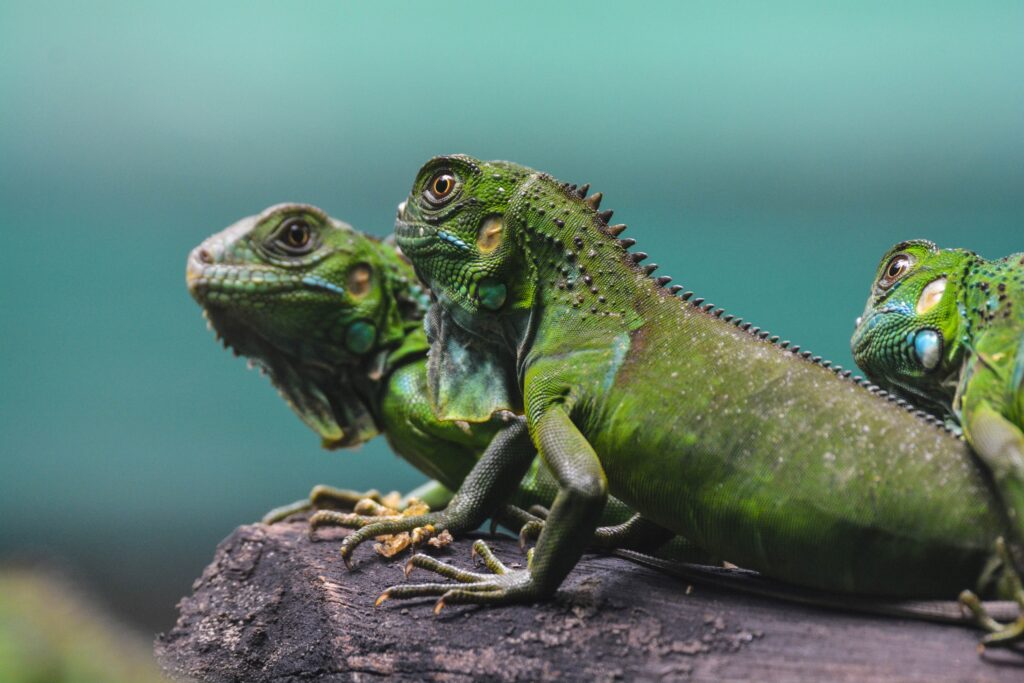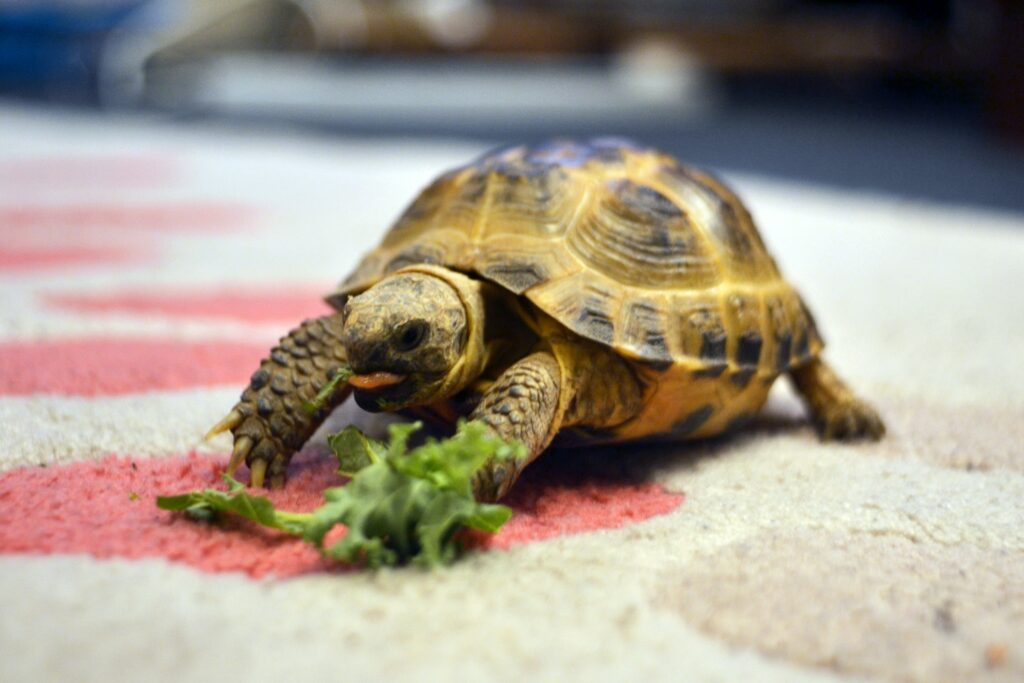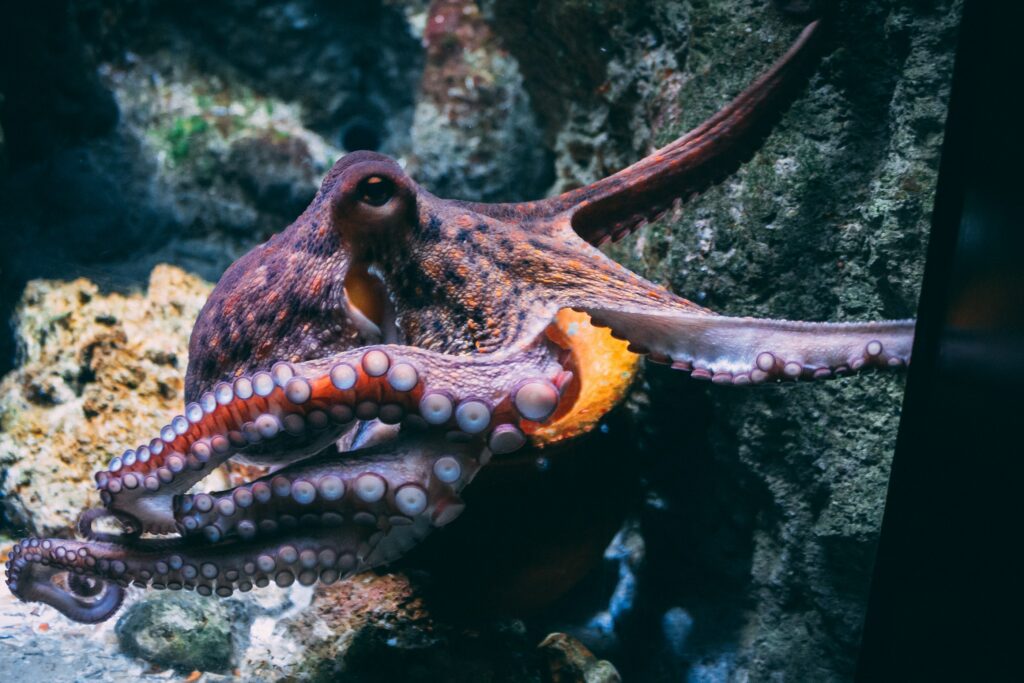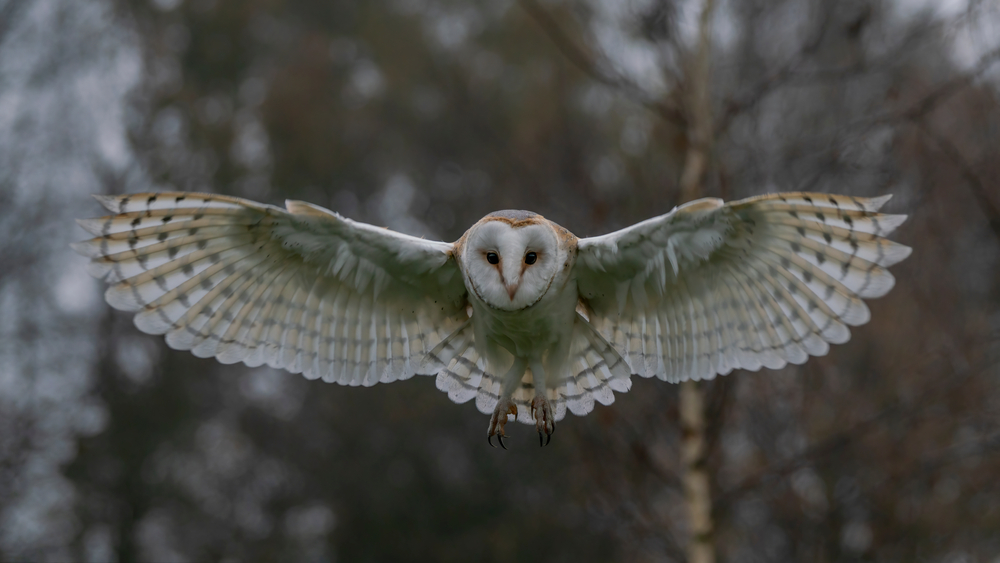Barn owls (Tyto alba) differ from other owls in several key ways—physically, behaviorally, and ecologically. Here’s a detailed comparison to highlight what sets barn owls apart:
1. Taxonomic Difference
-
Barn Owls: Belong to the family Tytonidae (heart-faced owls).
-
Most Other Owls: Belong to Strigidae (typical owls), which includes species like the great horned owl and snowy owl.
2. Facial Structure
-
Barn Owls: Have a distinctive heart-shaped facial disc, aiding in highly precise sound localization.
-
Other Owls: Typically have a round facial disc. Some (like the great grey owl) have large, expressive discs but lack the heart shape.
3. Eyes and Vision
-
Barn Owls: Have dark eyes, contributing to their ghostlike appearance. Their vision is excellent in low light but they rely heavily on hearing.
-
Other Owls: Often have yellow or orange eyes, and many species rely more equally on both sight and hearing for hunting.
4. Hearing Ability
-
Barn Owls: Among the best-hearing birds in the world, capable of locating prey by sound alone—even in total darkness.
-
Other Owls: Many have good hearing, but few match the barn owl’s precision. Asymmetrical ear placement is also common in Strigidae, but not as highly specialized.
5. Flight Sound
-
Barn Owls: Notably silent in flight, more so than almost any other bird. Their specialized feathers eliminate nearly all flight noise.
-
Other Owls: Also have silent flight, but barn owls are the quietest among them.
6. Behavior and Activity
-
Barn Owls: Strictly nocturnal, rarely active during the day.
-
Other Owls: While many are nocturnal, some like the short-eared owl and snowy owl are crepuscular or diurnal, hunting during twilight or daylight hours.
7. Vocalizations
-
Barn Owls: Emit eerie, raspy screeches or hisses, lacking the classic “hoot.”
-
Other Owls: Often known for deep hooting calls, especially species like the great horned owl and barred owl.
8. Nesting
-
Barn Owls: Do not build nests—lay eggs in cavities, barns, and man-made structures.
-
Other Owls: Some nest in trees, burrows, cliffs, or even reuse old raptor nests.
9. Distribution and Habitat
-
Barn Owls: Have a global distribution across all continents except Antarctica. Prefer open areas like farmlands, grasslands, and deserts.
-
Other Owls: Vary greatly—some are forest dwellers, tundra hunters, or desert specialists with more niche-specific ranges.
10. Lifespan
-
Barn Owls: Typically shorter-lived in the wild (2–5 years), though longer in captivity.
-
Other Owls: Some, like the great horned owl, can live 10–13 years in the wild and even longer in captivity.
Summary: Barn owls are uniquely adapted for silent, night-time hunting through sound, with a suite of features rarely matched in the owl world. While many other owls share some of their characteristics, none match their blend of stealth, hearing precision, and ghostly appearance, making them stand out among the roughly 250 owl species globally.

